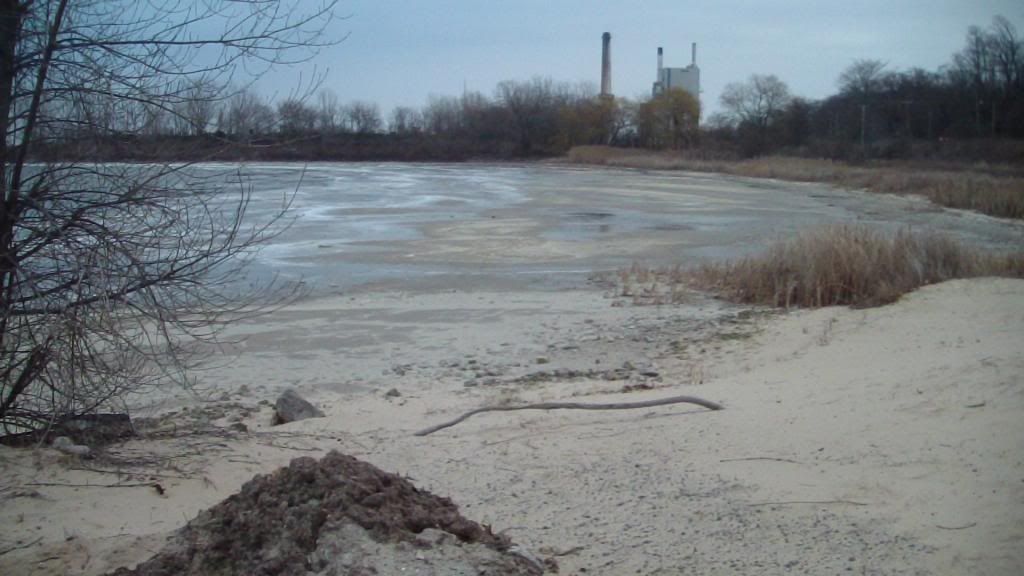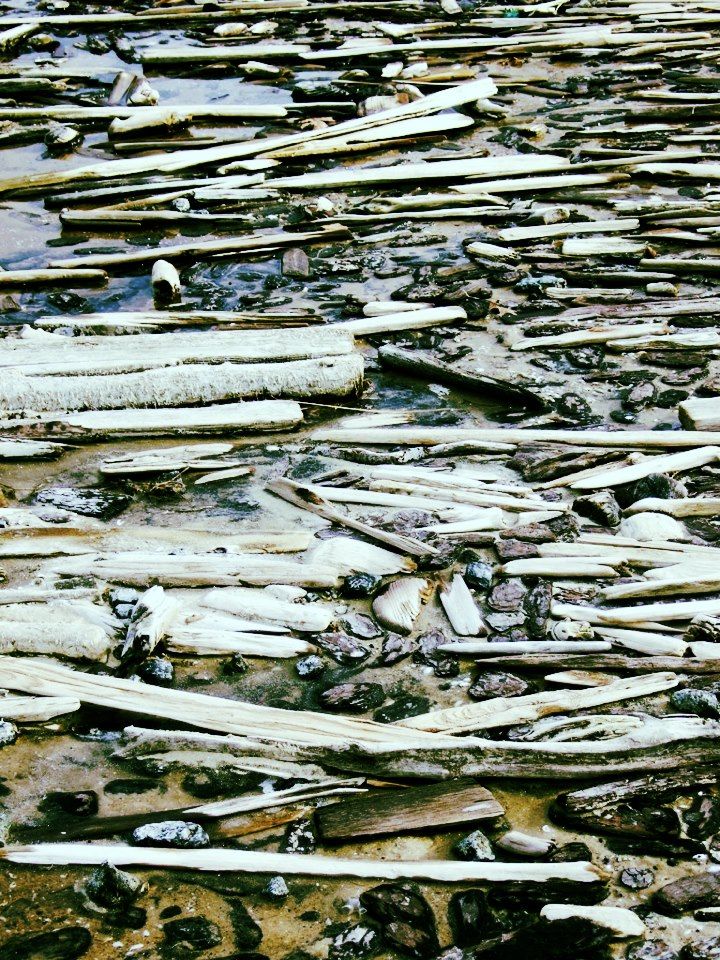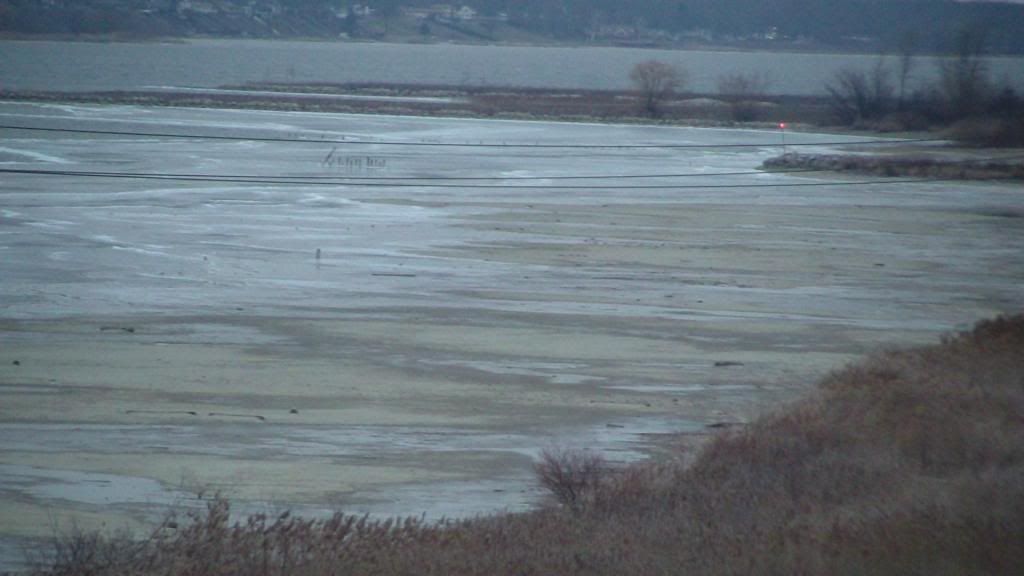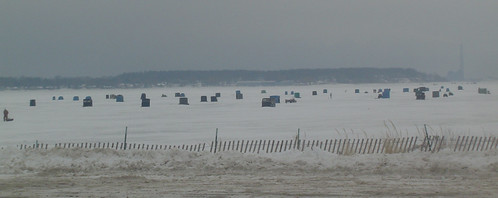It doesn't get much coverage in the energy debate, but our energy needs require a LOT of water. Just about half of our nation's annual 400 billion gallons of water draw goes toward energy production.
Most of that water goes back into the source (although a lot hotter and sometimes more polluted). But there's no two ways around it: we use a lot of water for energy production. There's simply no arguing that energy production has dramatic affects on water quality, availability, and environmental quality.
So, as the world heats up and we head into back-to-back drought years with more competition for dwindling water resources, it seems that regular folks, businesses, and policy makers may want to know how our Nation's energy use affects the quality and accessibility of our water supply.
Right?
Water is kind of important to human civilization.
Heck, the energy choices we make right now are long term. The power sources we build today will be around 25 to 50 years from now. So we can't build plants armed only with today's resources and needs in mind. We need to build them with tomorrow's resources and needs in mind.
As States all over the US prepare their energy portfolios for the next half century, they'll want to know exactly how that choice will be interacting with water and agricultural needs...or even future energy needs. Having a fleet of water cooled power plants won't do much good when the cooling system intake is above the water line in an evaporated lake.

The water-energy nexus will have enormous consequences for our nation. And we need to be prepared so that we have A) Water B) Energy and C) Food. We'll need food.
Right?
Fortunately, in 2005 congress required the US Department of Energy to file two reports on the water energy nexus. Eclectablog did a great post about that yesterday. Unfortunately, only half of that requirement was fulfilled. The second part, the energy-water roadmap was not completed. Eight years on, it's still being held up by the Department of Energy....and it's been rewritten TWENTY TWO times. 22. Twenty-two.
Michael Hightower, an energy systems analyst at Sandia National Laboratories and a co-author of the report, said the first draft of the study on research needs was delivered to the Energy Department in July 2006. Energy Department reviewers have since called for 22 rewrites, the last of which was delivered in May 2009, Hightower said.
This isn't something to take lightly. This isn't just about energy. It's about our water, and our future. It's about giving our states, utilities, farmers, and individuals the information they need to make wise decisions.
It's a problem that this report has not been released. A HUGE problem, with potentially disastrous effects on our water, food, and economy.
All we need is 45 more signatures on this online petition before it's searchable on the Whitehouse website - We need to get to 150 signatures and it'll be searchable.



